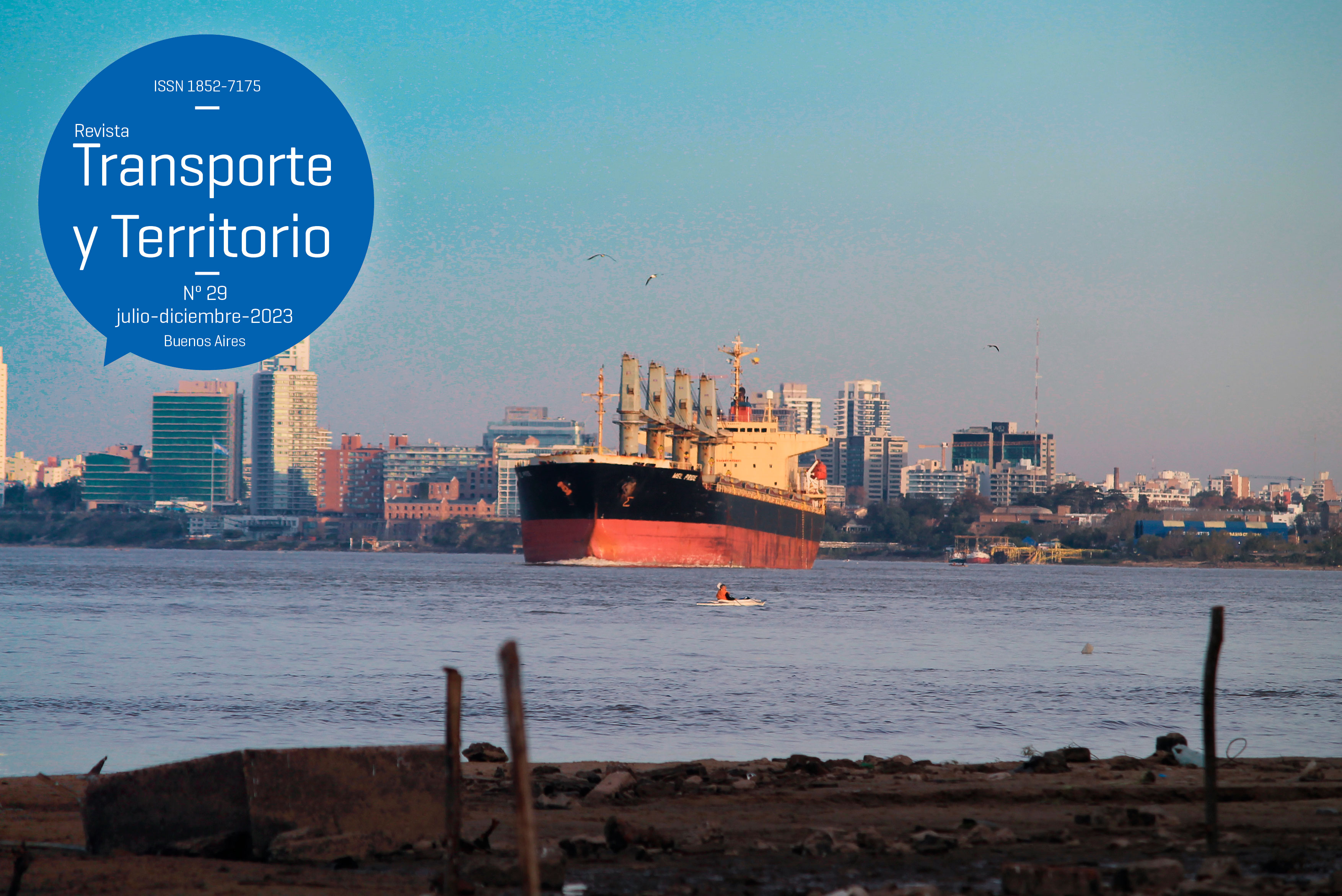What port, for what city?
Projections about Bahía Blanca and the homonymous maritime complex in municipal and port planning
Keywords:
Bahía Blanca. Port of Bahia Blanca. Projections. Planning. Interaction.
Abstract
Despite being founded in 1828, Bahía Blanca grew economically and demographically at the end of the 19th century with the decision to extend the railway and develop ports in the area of the homonymous estuary. From the local State and the maritime complex of the same name, different projections were made about both places, sometimes compatible and sometimes not. The objective of this paper is to analyze how these two spaces have been conceived in municipal and port planning, from a historical perspective. We believe that a study of this type will make it possible to identify the long-term criteria with which they were thought, in a particular and interrelational way, later materialized in urban policies, regulations, government actions and port authorities. To reach the proposed end, we use qualitative methodology. In the first section, we address the initial conceptualizations of Bahía Blanca in the projects from the 1910s to the 1990s that were developed, as a city that sought to consolidate itself as a regional head, together with a port that planned to grow and diversify. In the second, in a different world context, the visions of a metropolis that wanted to insert itself globally and an autonomous maritime complex that yearned for efficiency.Downloads
Download data is not yet available.
Published
2023-11-29
How to Cite
Irisarri, M. J., & Carbone, D. (2023). What port, for what city?. Revista Transporte Y Territorio, (29), 26-56. https://doi.org/10.34096/rtt.i29.12623
Section
Dossier

1.jpg)

3.png)























